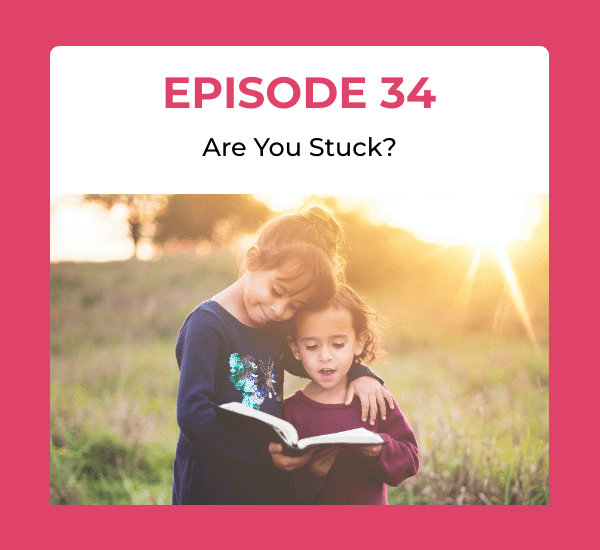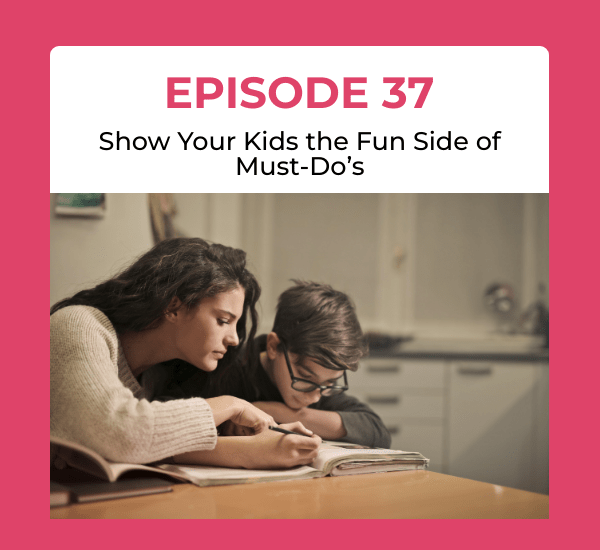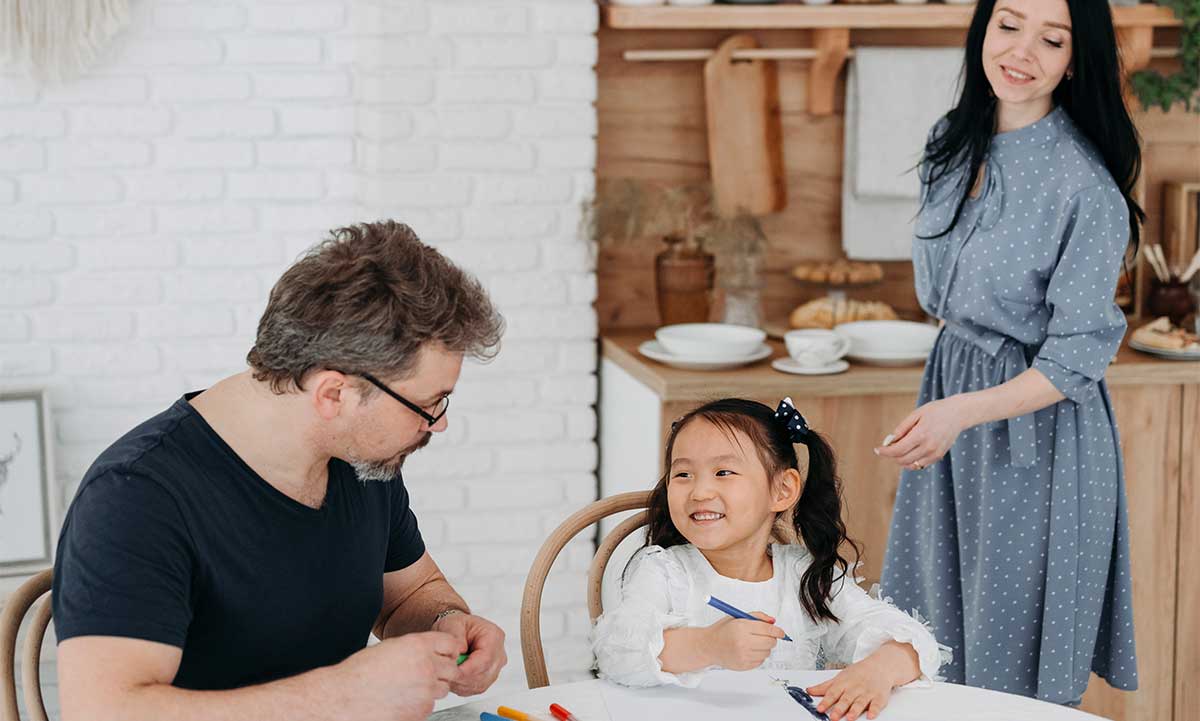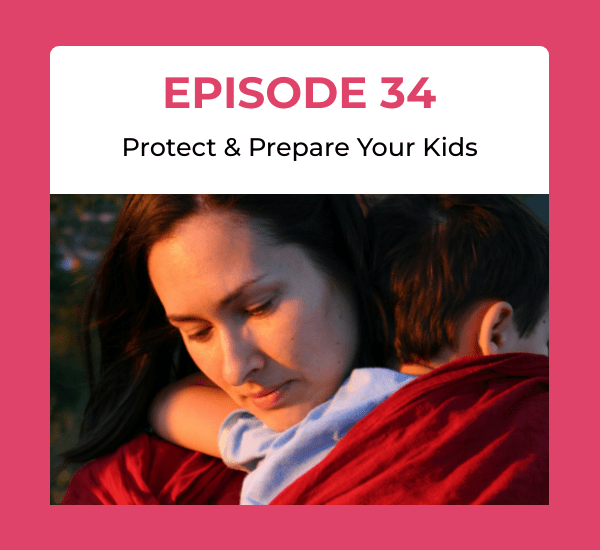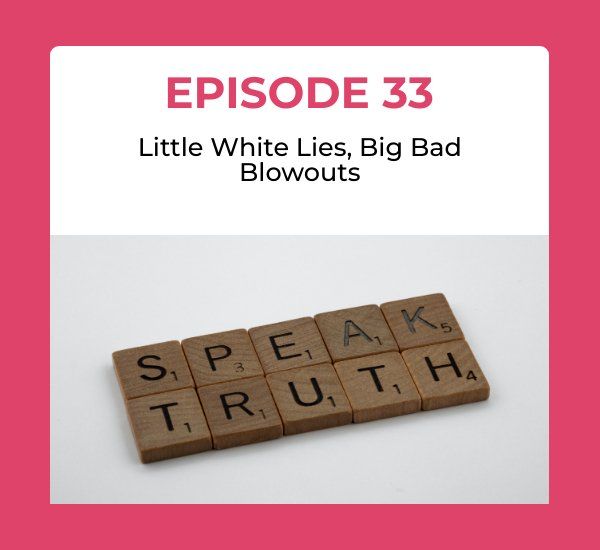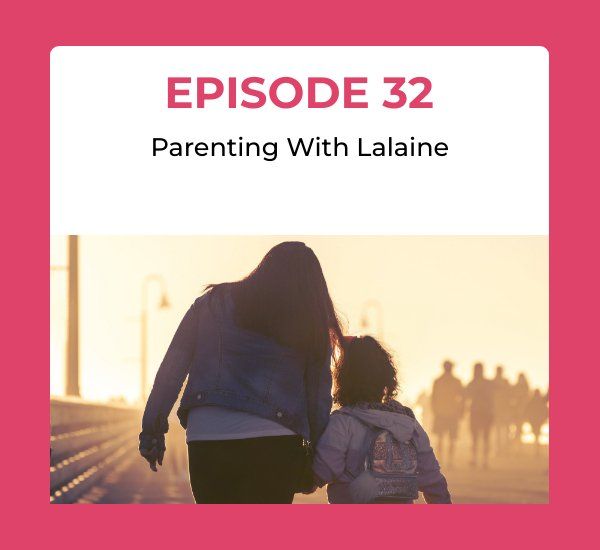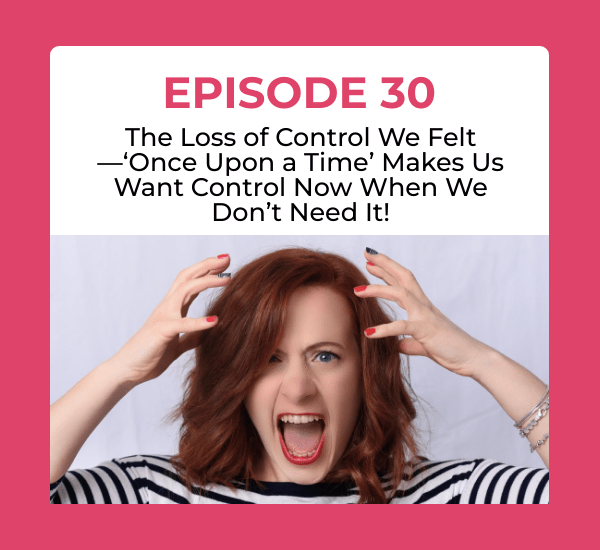How to Bully-Proof Your Child - Strategies to Deal with Bullying
Bullying can start at any age and take many forms. From early years to high school, bullying can be seen in different ways:
- Physical bullying (hitting, pushing, or kicking)
- Verbal (insulting, taunting, teasing, intimidating, or threatening)
- Relational/emotional (gossiping, slandering, exclusion, or sabotage)
- Societal (race, gender, sexual orientation, or religion)
- Cyber (any form of hurtful behavior via social media or text messaging)

Bullying, regardless of how it’s being delivered, can be psychologically damaging and can affect a child long into their adult years. Recent studies show 49% of students in grades 4 to 12 have been the victim of bullying at school (by other children) at least once. While it can’t always be prevented, knowing how to bully-proof your child can go a long way toward diminishing the damaging effects associated with this type of abuse.
Ready to bully-proof your child? Read on to learn the most common causes of bullying, how to deal with a bully, and strategies to stop bullying in its tracks.
The 5 Most Common Causes of Bullying
Used as a means to dominate or intimidate, bullying is most often caused by insecurities and belief systems children learn in their early years. Environmental factors, lack of compassion and empathy, poor self-esteem, peer pressure, societal factors, dysfunctional families, domestic violence, and the need for attention are all driving factors behind bullying.
So, how do you stop bullying? Having a good understanding of where it stems from can help you arm your child with the best defenses to use in any bullying situation.
1. Environmental Factors
Violence is everywhere—on tv, in video games, in the news, and plastered across every social media channel. For most children, being exposed to violence leads to higher levels of physical aggression. Children who don’t have proper guidance surrounding physical violence will more likely act out on their aggressions.
2. Lack of Compassion and Empathy
When bullies feel threatened, they usually act aggressively because of their lack of compassion and empathy. Someone lacking these qualities has probably experienced being the victim of bullying themselves, be it at home or at school. Not having a sense of someone else’s feelings makes it easier to act out and cause harm toward others. Question someone lacking compassion and empathy on why they hurt others and you’ll likely get one of these responses:
“To get even”
“Because it’s fun”
“They annoyed me”
“To show them how tough I am”
3. Poor Self-Esteem
Many children (and adults too!) bully others because of their low self-esteem. They reap a temporary sense of accomplishment by hurting others. Because this “reward” is short-lived, bullying others becomes a vicious cycle as they continuously try to replace their sense of worth through the accomplishment of hurting others.
4. Peer Pressure
“Fitting in” is a common dream for many children. And sometimes, children are so desperate to be accepted by certain peer groups—whether it be at school, sports teams, or through family—a child may feel pressured into acting a certain way or face becoming the next target of bullying.
Children affected by peer pressure are more likely to take part in bullying behavior or act in ways outside their character to be accepted.
5. Dysfunctional Families
Children who bully are 3x more likely to have something negative going on at home.
Being part of a dysfunctional family can vary from family to family: neglect, abuse, addiction, untreated mental disorders, financial problems, constant yelling and arguing, controlling behaviors, perfectionism, and criticism are the most prevalent factors that influence a dysfunctional family.
Dysfunctional families can negatively affect the development of children and their mental health leading some to turn to bullying for several reasons:
- Despair
- Anger
- Jealousy
- Loneliness
- Inadequacy
- Need for attention
- It’s what they see/hear at home
How to Stop Bullying at the Root
Every child has the right to live without fear of being discriminated against, condemned, or bullied. Teaching your child how to create unshakeable security within themselves can drastically cut the effects of bullying.
Speak with your kids about challenging situations and use the following strategies to deal with bullying before it gets out of hand.
1. Positive Body Language
Children as early as 3 years old can learn strategies that can make them less of a target for bullying. Eye contact is especially important. Holding one’s head up and looking others in the eye gives the appearance of confidence. Have your child practice eye contact by telling them to look at the color of their friends’ eyes when speaking with them. They should do the same with people who bother them.
Make a game of practicing happy, sad, and brave faces. Let your child know to switch to their “brave” face when they feel bothered by someone and use appropriate body language responses accordingly. Showing positive body language is more powerful than what you say when dealing with a bully.
2. Open Communication
Ask your children daily how their day at school went. Keep your voice calm and caring, and remind them that their wellbeing, happiness, and safety are important.
Positive parenting is one of the keys to your child’s self growth. Reassure them if something’s happening at or outside of school that makes them feel sad or uncomfortable, that they should always consult a trusted adult about it.
3. Ask For Help
“Back off.”
“Leave me alone.”
“I don’t like that.”
These are all great responses when dealing with bullies. They allow your child to respond without going back at the bully with an insult which can only aggravate the bullying further.
Unfortunately, these responses are usually only a temporary fix. The most effective response is asking for help and learning strategies that take the target off of your child’s back when they are being bullied. When victims of bullying are brave enough to ask for help, especially from an adult they trust, they feel more supported and encouraged. Whether it be talking to parents, friends, or teachers at school, asking for help should never be something your child should be ashamed of. Remind them how important it is to have open conversations about bullying while reassuring them that it’s not their fault and they have nothing to be embarrassed about.
When a child opens up about bullying, always praise them for their bravery. Your praise is not only for dealing with the situation, but also for opening up about it.
4. What The Stats Show
The Youth Voice Research Project (2010) clears up some misconceptions about how to handle bullies. In the study they asked 11,893 kids from grades five to twelve, in 25 schools across 12 states about being bullied. Some of these findings go against what kids are traditionally taught about how to deal with bullies:
For example:
- Bullying got worse 49% of the time if the victim hit them or fought them but made it better 31% of the time. 20% of the time fighting back physically made no difference.
- 35% of the time bullying got worse when the victim walked away and made it better 20% of the time. 45% of the time it made no difference.
- 41% of the time, telling the bully to stop made the bullying worse. It made it better 14% of the time. 46% of the time it made no difference.
- Peers had an impact in bullying. The study shows that if a peer spent time with them, talked to them, helped them get away, gave them advice, and helped them tell someone, 44% and up said things got better. This means victims need to be around their (stable, supportive) peers during the bullying events.
We need higher success rates, Ask anyone who is being bullied.
What will help our children build confidence and have the desired outcome of no longer being bullied is to teach them the strategies that explore the reason some kids are bullied and some aren’t, along with becoming aware of bully basics, bully buttons, and bully tactics. This information helps your children identify a bully when one appears on their radar so they can take action that can disable the bully before it escalates.
5. Role Play With Your Kids
Teach your child to handle situations of bullying by role playing a few scenarios. Role playing “what if” scenarios are a great way to build your child’s confidence in dealing with challenges. Preparing them with different responses can teach them how to speak in a strong, firm tone without letting their emotions get the best of them. Tears or whining will only entice a bully to take things further.
BullyProof Yourself And Your Kids
Is your child emotionally struggling from the effects of bullying? Maybe you are too. The ghosts of bullying past often live on in our hearts well into adulthood and finding strategies to deal with this type of abuse isn’t always a one size fits all plan.
Teach your kids (and yourself) how to react towards a bully with my new book,
BullyProof Yourself & Your Kids. This book will help you to:
- Learn how to quickly identify a bully
- Learn the warning signs so you know what to do if your child is a victim (or if your child IS the bully)
- Identify the mindset of a bully
- Develop exercises for dissolving the negative beliefs that make us all perfect targets for bullies
- Offer the best reactions for disarming bullies
- Find the ultimate way to stop bullying in its tracks once and for all, including your own inner bully!
Prefer a quick chat first?
Have tea with me.
